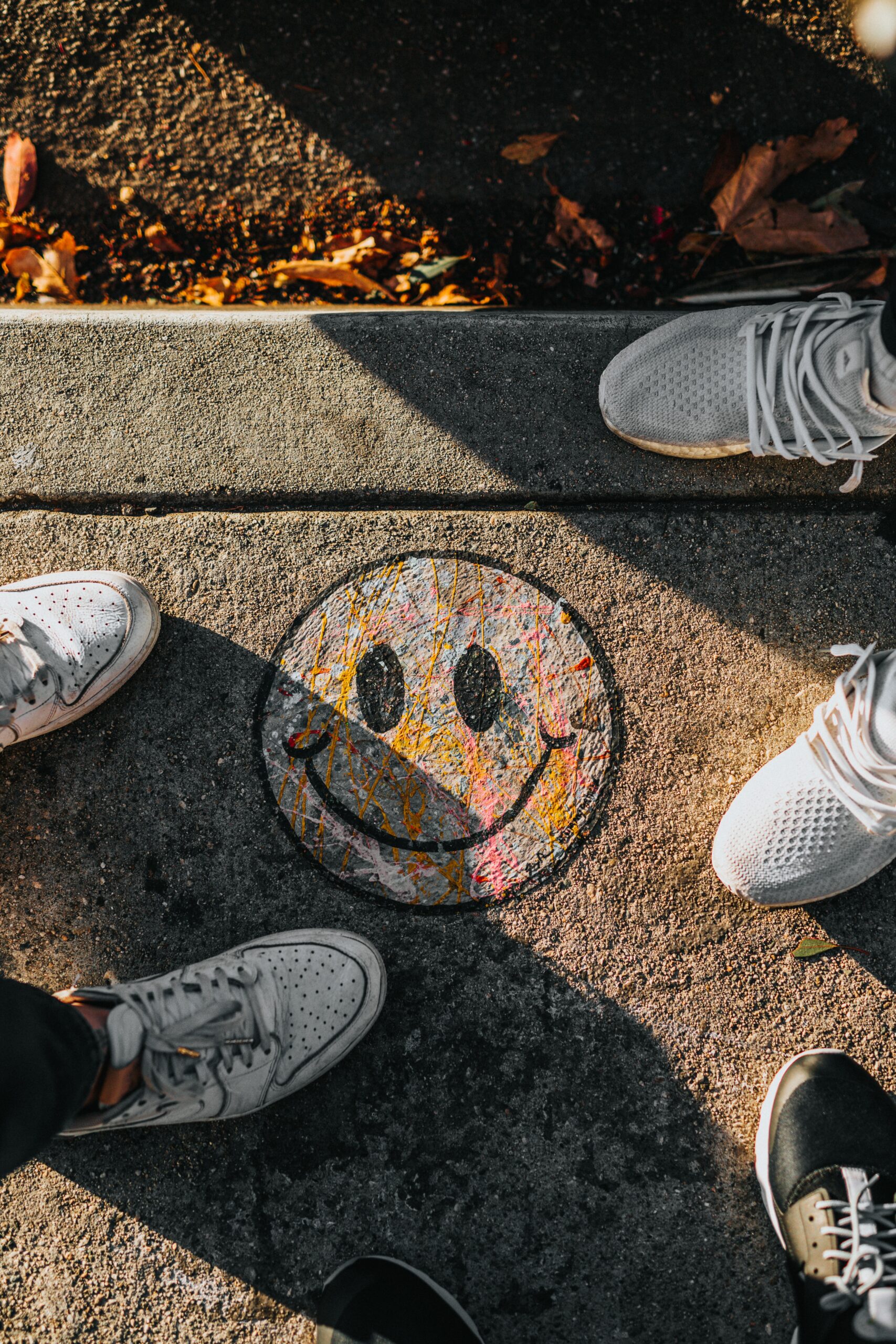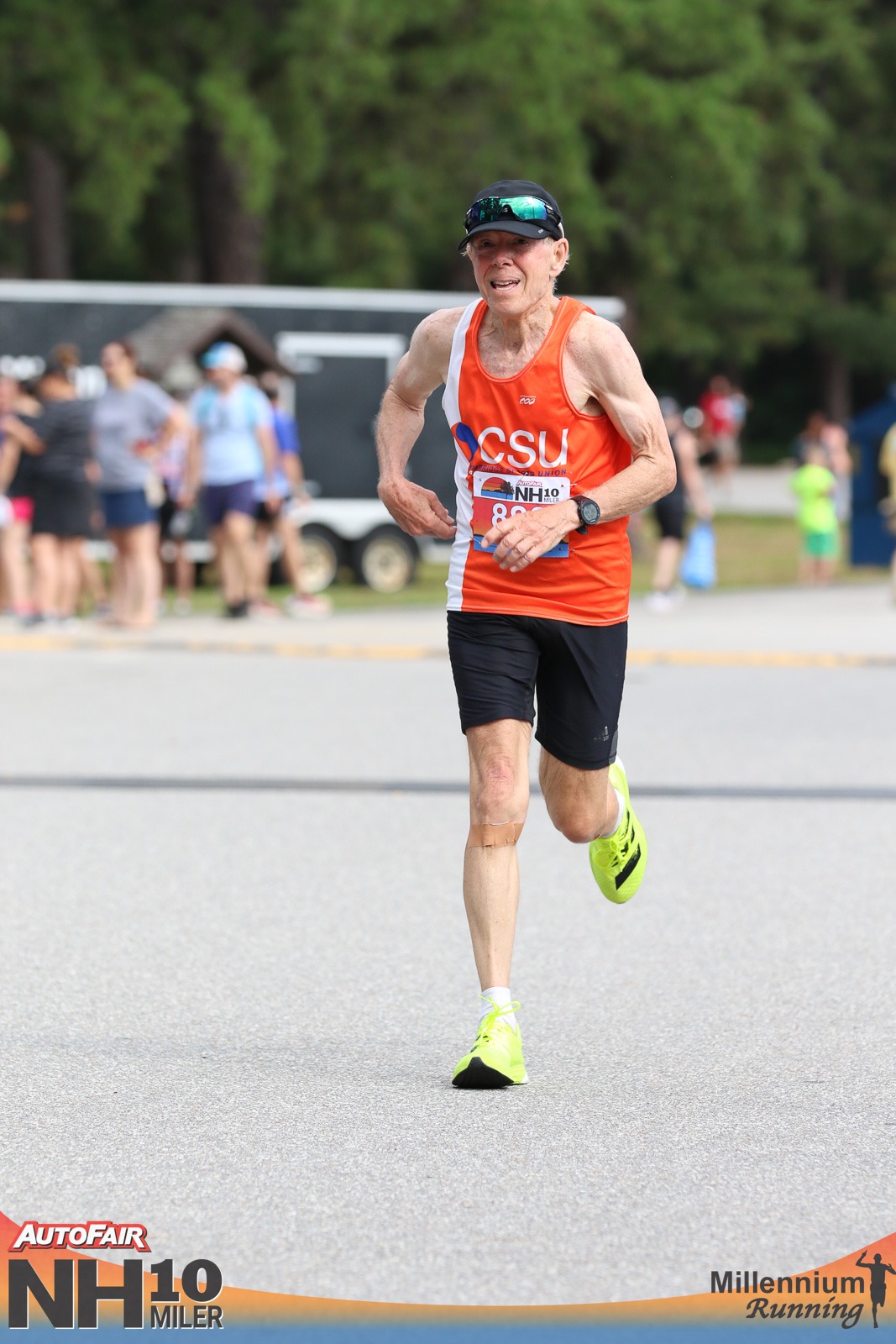
When I worked at a running store in Boston, I was surprised how many customers came in to replace their one pair of shoes, often way beyond worn. Without wanting to come on as hard sell, I would generally ask if they might consider a second pair of shoes.
And that conversation might lead to another question: How many pairs are enough?
As with most things, it depends. Do you run just on roads, just trails, both? How many days a week do you run? How far? Do you race a lot and/or do regular speed workouts? Are you a bigger or smaller person? Is your gait light to the ground or do you tend to strike hard?
Most customers wanted an answer, not more questions. OK!
Simplistically, for most runners I would suggest three pairs. The main pair is the regular trainer.
Something with a basic amount of cushion, such as a Brooks Ghost or Saucony Ride for neutral runners or an Asics 2000 or Saucony Guide for those needing some support. Fit is crucial and that’s why trying on various brands and models at a specialty running store with a knowledgeable salesperson is good. Like our lovely sponsor Ski Rack!
The second pair could be a newer model of the same shoe or a similar fit of another brand
(preferred). The aim is to give the running body a break from the same old, same old. Also, alternating shoes gives them a chance to air out. Not to be an alarmist but there are fungi lurking in our shoes! Above all, never (never!) let any pair of shoes get too worn. Many customers coming in with tattered shoes complained of achy knees and feet. There is a connection! For some runners, shoes lose their resiliency after 200-250 miles. For others it’s more. Rely on feel, not some arbitrary mileage or passage of time.
For the third pair consider racing flats or light trainers. These can be used for racing and maybe once a week laced up for faster tempo runs or speed workouts. It’s fun to run fast! And lighter shoes will help do that!
So that’s the basic guideline for road/path/track running. Three indeed! Now if you mix in some trail running, it’s good to have a shoe intended for that purpose. Trail shoes usually have deeper and firmer soles, so when running over stones one can avoid bruises and better traverse uneven terrain. If trails are your main venue, then a second pair, as noted above for road shoes, is suggested.
So, this is one view on that pervasive shoe question. Above all, please remember⏤ don’t run in shoes past their prime!

Gordon MacFarland has been running and racing for nearly 50 years. He is the creator of the YouTube series Senior Distance Running Essentials and blogs on TheSeniorRunner.com
